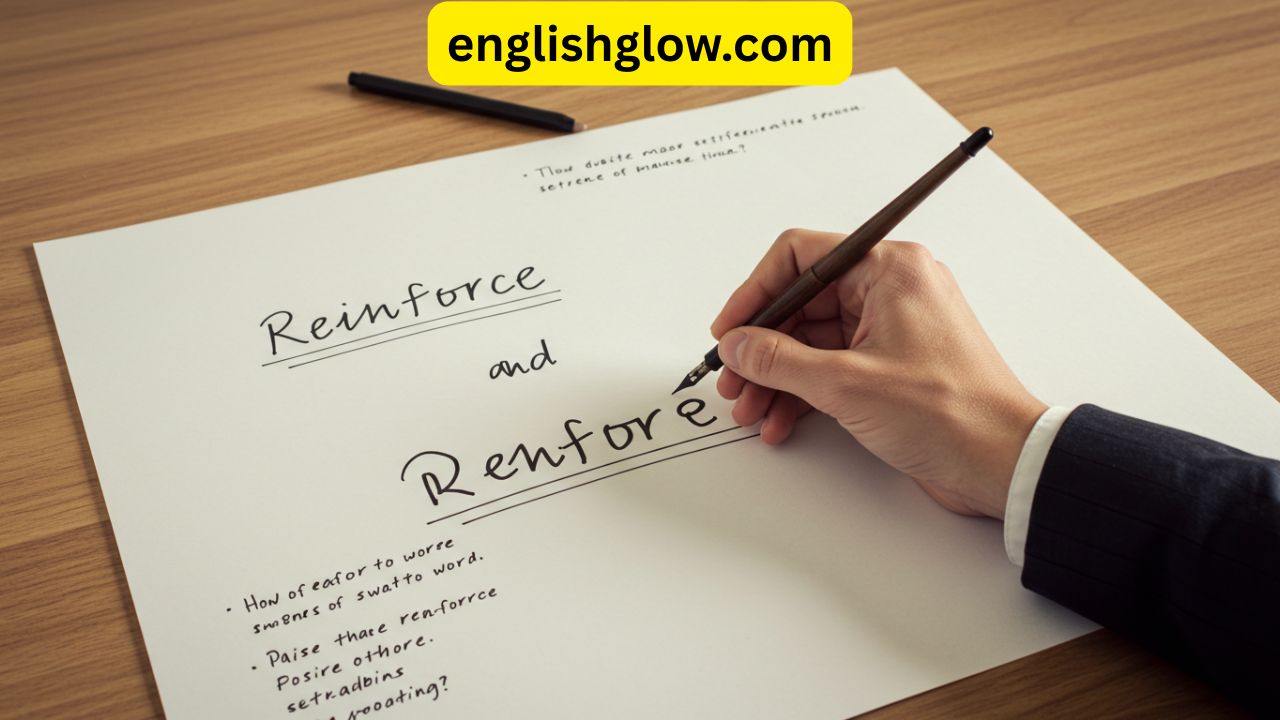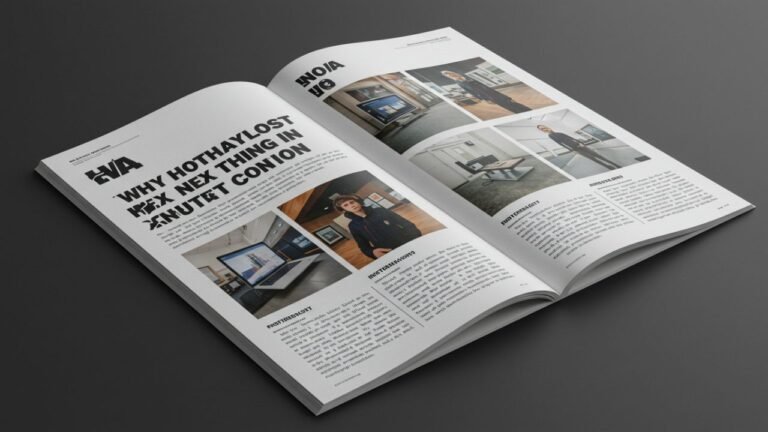
Reinforce vs Reenforce
Introduction: Understanding Reinforce vs Reenforce
English is full of words that look similar but carry different meanings or, in some cases, one is correct and the other is outdated. A common point of confusion is “Reinforce vs Reenforce.” Many writers wonder if these words are interchangeable. The truth is, one is widely accepted in modern English, while the other is considered outdated or incorrect. This article will help you understand the differences, proper usage, and practical examples to ensure your writing is precise.
What Does “Reinforce” Mean?
“Reinforce” is a verb that means to strengthen, support, or make something more effective. It is used in various contexts, from physical structures to abstract concepts like ideas or habits.
Examples of Reinforce:
-
Construction teams use steel beams to reinforce buildings.
-
Positive feedback can reinforce productive behavior in the workplace.
-
Studies and statistics often reinforce the conclusions of research papers.
Tip: “Reinforce” is versatile and universally accepted in English.
Why “Reenforce” is Incorrect
While some people write “reenforce”, this form is not standard English. It appears occasionally in old texts or informal writings, but it is generally considered a spelling mistake today. Using “reenforce” in professional or academic work may be flagged as incorrect.
Understanding the Confusion:
-
The prefix “re-” often implies “again,” which makes “reenforce” seem logical.
-
Historical texts sometimes used “reenforce,” but modern English has standardized on “reinforce.”
-
To maintain clarity and professionalism, avoid using “reenforce.”
Reinforce vs Reenforce: Key Differences
| Feature | Reinforce | Reenforce |
|---|---|---|
| Correctness | ✅ Correct and standard | ❌ Obsolete / incorrect |
| Meaning | Strengthen, support, enhance | Same historically, now outdated |
| Usage Examples | Education, construction, psychology | Rarely found; considered a mistake |
| Acceptability | Modern English, all contexts | Avoid in writing |
Rule of Thumb: Always choose reinforce.
How to Use “Reinforce” Effectively
Using reinforce correctly depends on context. Here’s how you can make the most of it:
-
Strengthening Ideas or Arguments: Use reinforce when you want to emphasize support for a point.
-
Example: Citing credible sources can reinforce your argument in an essay.
-
-
Physical Reinforcement: Perfect for engineering, architecture, or construction contexts.
-
Example: Concrete pillars reinforce the structure of the building.
-
-
Behavioral Reinforcement: In psychology or teaching, it refers to encouraging positive behavior.
-
Example: Praising children reinforces good study habits.
-
Synonyms for Variety:
-
Bolster
-
Support
-
Strengthen
-
Enhance
Using synonyms sparingly keeps your writing fresh without changing meaning.
Common Mistakes to Avoid
-
Using “reenforce” instead of “reinforce.”
-
Misapplying reinforce when you mean “repeat” or “restate.”
-
Overusing reinforce, which can make text repetitive.
Real-Life Examples
Here are a few more examples to understand reinforce in context:
-
Business: Introducing training programs can reinforce employee skills.
-
Education: Group discussions reinforce students’ understanding of lessons.
-
Personal Growth: Meditation can reinforce mental clarity over time.
Summary
The correct and modern English usage is “reinforce.” This word means to strengthen or support something, whether it’s physical, behavioral, or conceptual. “Reenforce” is outdated and should be avoided in modern writing. By understanding the difference, you can write more clearly, accurately, and professionally.
Key Takeaway: Always default to reinforce to ensure your writing is correct and polished.
Conclusion
Mastering the difference between reinforce vs reenforce might seem minor, but it reflects attention to detail and language proficiency. Proper usage improves clarity and makes your writing more credible. Whether in essays, professional reports, or emails, reinforce is the word that communicates strength, support, and reliability. Avoid reenforce to maintain standard English correctness.




